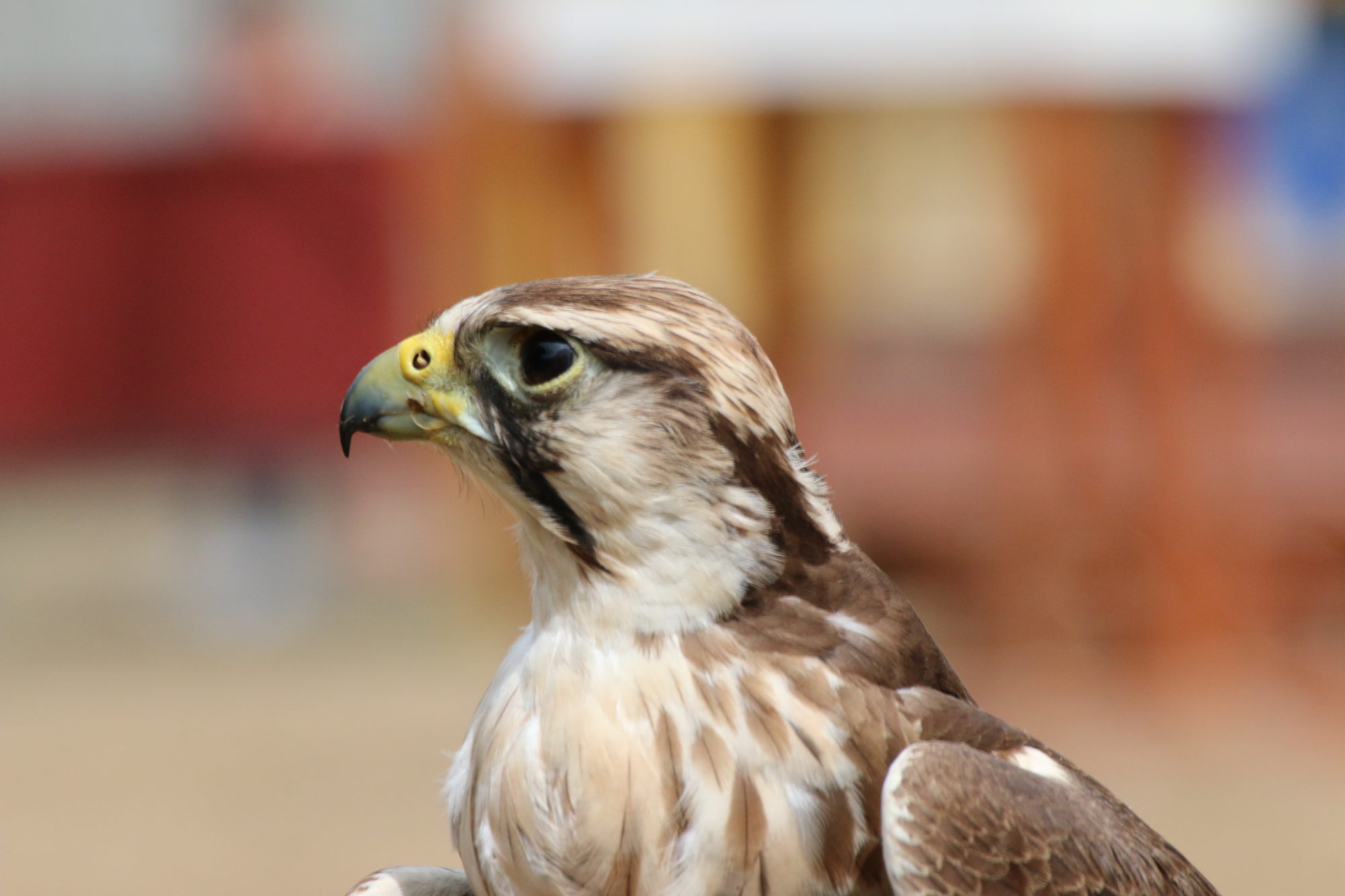If seeing is believing, then the truth has to be about more than what meets the eye. How do I know this? What if I said a little bird told me?
THE TRUTH ABOUT WOODCOCK
One evening in the spring of 1972, my ornithology class gathered in the small circle of a forest opening, looking for Scolopax minor. We weren’t just milling around, searching in some random fashion. Instead, we were staring intently at a specific spot indicated by our instructor. Yet, all we saw was the forest floor.
The American Woodcock measures 10 to 12 inches in length and weighs from 5 to 8 ounces. Its prominent feature is a long narrow bill, which it uses to probe the ground for worms and other small invertebrates. Though, strangely, its most notable distinction is that it is not notable at all. We were standing right over it and couldn’t even see it! The woodcock possesses such exceptional cryptic coloration that, when nesting in the leaf litter on the open ground, it is nearly invisible.
With its eyes located high and wide apart, a woodcock has a near complete spherical view. What it doesn’t have is a mirror. Rather, its self-image has been painstakingly hewn through the millennia of evolutionary time. It is so confident of its camouflage that even a towering circle of aspiring ornithologists could not flush it from its nest. Simply put, the woodcock has an unshakable faith in its own composure.
When the petrified bird finally materialized, it was like the revelation of a 3-D image in a Mind’s Eye poster. Once my normal focus had shifted, the true reality was apparent. The effect was mystifying. Then, I realized that the bird was only partly responsible for its concealment. No magic show is ever complete without an audience. The other part was owed to my own self-deception. My ordinary frame of reference had assembled only what I expected to see, even if there was actually more to the picture.
Our frame of reference limits us in other ways as well. We only hear within a very narrow range. The rumblings of elephants and earthquakes escape us, as do much of the conversations of bats, birds and bees. If something moves too slowly, it appears stationary. If it moves too quickly, we might not see it at all. Then, there is the distortion due to our own imaginings. After all the minuses have been subtracted, we add further falsehood to the diminished truth.
Shakespeare said, “To Thine Own Self Be True”. Whether he was talking about loyalty to self or honesty, it’s a rule that is well rehearsed by the woodcock. When I finally saw Scolopax minor, I was humbled by the true knowledge that there will always be more to any picture than meets my eye and that blindness can sometimes be cured, if we only take the time to look.

